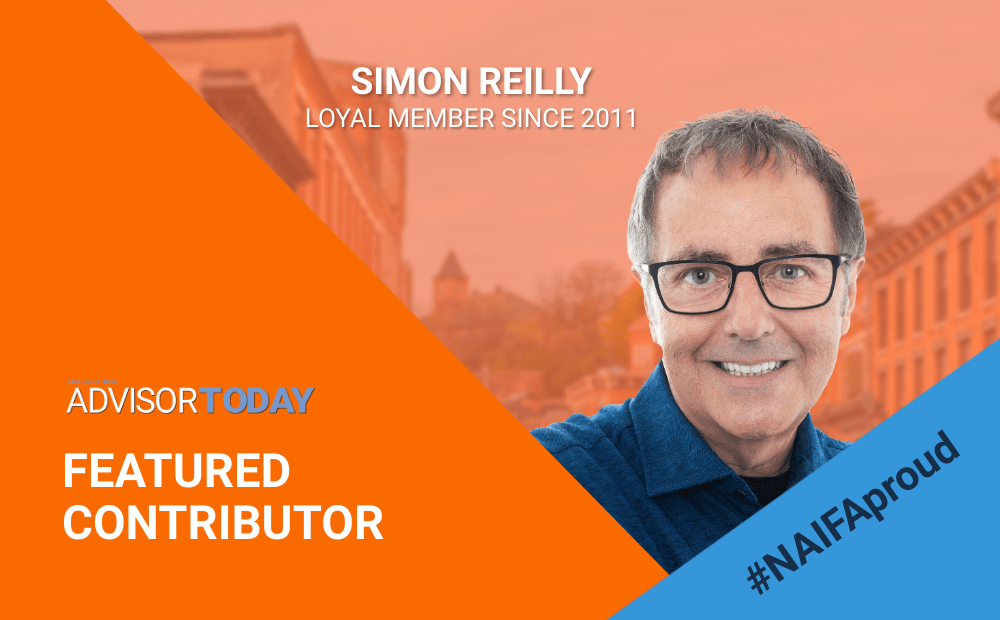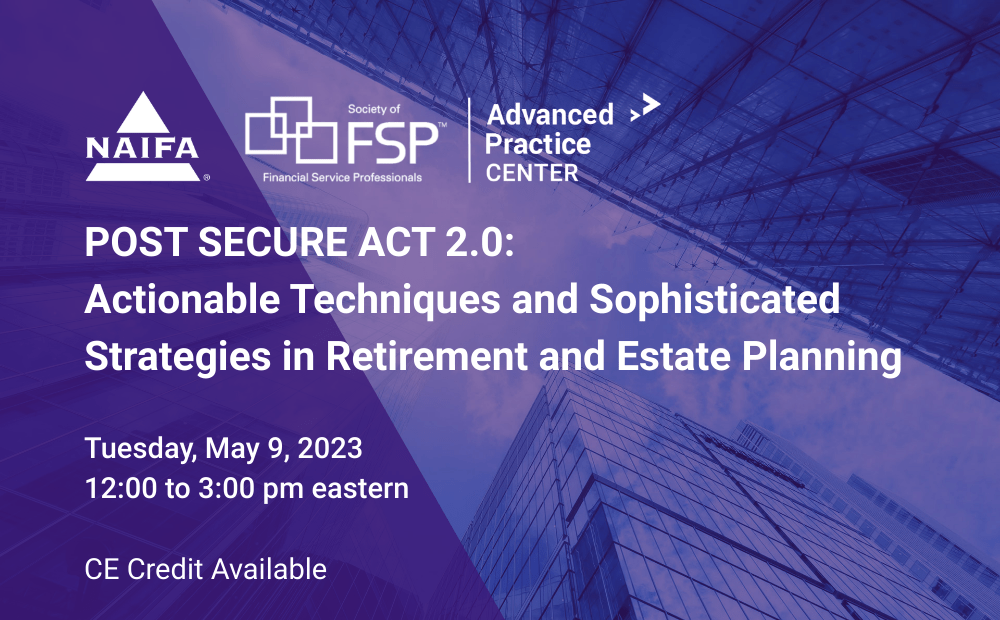Who better to know what to do now, in this place, with your knowledge, than you?
Do you have a passion for something you want to deliver to your clients and prospects, and you want to understand how to reset your mindset?
What is the essential thing to have in place for the problems you are solving for your clients and prospects?
For the vast majority of my life, I've been addicted to work and personal development work, and even though I have met and exceeded the expectations of others, and I have created extraordinary results in the business and personal lives of those I am in service to, I rarely felt fulfilled.
Something was always missing, and getting or staying motivated was the logical solution.
Motivation caused me to walk away from my career in 1989 and invest in a world recognized motivational/personal development franchise that I drove to be the number one franchise in North America, and I still could not sustain my motivation because something was missing.
After nearly four decades of experience in personal, professional, and self-development, here is what I have realized.
Sustainable success is about understanding why and why not because while you may know what to do and even how to do it, you are still stuck. You are somewhere on the journey to make a difference for yourself and others. Still, you are either on the threshold or in an endless loop of challenges and temptations, afraid of the dark night of the soul without realizing that the bright light of the soul will gravitate you through the other side of change and transition, transforming you with the realization of the true self that you were meant to be, making a difference to you and all of those that you serve.
In the early 90s and even today, traditional personal development theory suggests that if you have a negative belief, you must change or reframe your negative belief to a positive one. A simple example is changing or reframing a negative belief like “I am not safe” to “I am certain.” However, my experience is even though a person changes a negative belief to a positive belief, why is changing a negative belief to a positive belief unsustainable?
Imagine standing on a riverbank, and you see someone drowning, and you swim out and save them. You are safely on shore, see two more people drowning, and swim out and save them. Finally, you are safely on shore and see three more people drowning. Again, you swim out and save two, but the third pulls you under, and you and the person you are trying to save both drown. Did you ever wonder why the people were drowning in the first place? Did you stop to wonder why people were drowning in negative beliefs in the first place? Did you look upriver?
I had an experience in the early 90s that had me look upriver to identify why I was drowning in negative beliefs along with the clients I was trying to serve. I had a supernatural experience about the differences between values and unmet needs and inspiration and motivation.
Traditional personal development theory suggests discovering your values, which inspire positive feelings and beliefs.
Values are the DNA of fulfillment, and values magnify abundance.
We all want fulfillment, and true fulfillment is inspired by a deep-rooted, true self, soul-based experience that we realize when living our values unified with positive feelings, and positive beliefs.
Values are why you do what you do.
Knowing your true values is the only way to change and transition to your journey to realize your life's calling, meaning, and purpose.
The challenge is that most of the population needs to learn their values and the difference between a value and an unmet need.
My values are awareness, realization, and recognition, and are inspired from the inside.
My values of awareness, realization, & recognition inspire feelings of confidence, certainty, & conviction, and my belief that all those I serve have a unique gift to deliver, benefiting and fulfilling all those they serve for the good of humankind.
Even though a person can create an inspirational affirmation like the above example, why are people drowning in negative beliefs?
I was asking this same question in 1993 when I had a supernatural experience while studying lists of values from the most recognized motivational/personal development teachers.
These so-called values, from lists I continue to observe today, were highlighted from on high, in golden yellow, and glaring off the page at me; approval, control, perfection, power, safety, and worthiness.
I realized these so-called values were not values but unmet needs, and the reason it is so important to understand this is that unmet needs motivate negative emotions and negative beliefs.
All these so-called values are unmet needs fueling and fooling you with negative beliefs. Control suggests that one is out of control, and power suggests that one is powerless at their core; therefore, one must continue proving they are powerful. How about the value of radiant? There is nothing to prove as radiant is.
Remember the simple example of changing or reframing a negative belief from “I am not safe” to “I am certain” being unsustainable?
A person can change or reframe and even ritualize the burning of negative beliefs. However, this will be unsustainable until a person’s practice includes identifying and dissolving their unmet needs, negative emotions, and negative beliefs.
They say that values are like turtles; they only come out when it is safe.
An unmet need will dominate a person’s values until unmet needs are met from the inside. Things like another person, a position, a possession, etc., cannot meet a person's unmet need. This example may explain the divorce rate of 44%. A person has no clue what their unmet needs or values are and makes up a story that as soon as they marry this person, reach a particular career position, and acquire possessions like cars and houses; then they will be happy. Then the unhappy and unfulfilled unmet needs-based person attacks the person closest to them because they are unhappy and unfulfilled. Then they get divorced.
This example goes back to the old expression when there is one finger pointing out; three fingers are pointing back; finger one) unmet needs, finger two) negative emotions, and finger three) negative beliefs. One must do their personal work on the inside as no person, position, or possession will fulfill you. Unmet needs must be met by the self in the presence, in the present.
It is impossible to be fulfilled by values that are actually unmet needs like approval, control, perfection, power, safety, and worthiness because a person is habitually seeking their identity based on negative emotions and negative beliefs.
So will a person be fulfilled at their core seeking outside approval, control, perfection, power, safety, and worthiness fueled by negative emotions of anger, fear, and sadness and the beliefs of having to prove, stay in control, be perfect, be powerful when they are feeling powerless, be safe when they are feeling unsafe because at the core they believe they are worthless?
A person will indeed develop motivation fueled by unmet needs, negative emotions, and negative beliefs, working extremely hard to prove that these negatives are untrue without realizing why their life and goals are unsustainable.
Clearly, unmet needs, negative emotions, and negative beliefs will cloud a person’s calling, meaning, and purpose until their unmet needs, negative emotions, and negative beliefs are dissolved from within.
In closing, let's take a deeper look at the body, mind, person, and self at the core – your identity.
Understanding the difference between the person and the self relates to Abraham Maslow’s hierarchy of needs theory from around 1955, about the time the TV set came on stream, the unmet electronic needs meeting device, and now we all have an unmet needs handheld device, assisting us with seeking based on a perception that something is missing.
Maslow’s levels of unmet needs are; level one - physiological, level two - safety, level three - social, level four - esteem, and level five - self-actualization.
Who is the self? The self is defined as the being, heart, self, soul beyond the mortal body, mind, person.
The self does not have unmet needs, negative emotions, and negative beliefs. The self does not require development as the self is.
You are more infinite than the person, the body, mind. You are not your body. You are not your mind.
You are certainly not the walnut-sized amygdala, ego or limbic brain, or emotional brain that Seth Godin calls the lizard brain. The amygdala is addicted to finding out what is wrong, about what is right. The amygdala tries to hypnotize the person with the amygdala’s unmet needs, fueling negative emotions and negative beliefs to cloud our consciousness of who we really are.
Are unmet needs all bad? Think of unmet needs as a grain of sand, an irritant to be dissolved on your journey to realize your life's calling, meaning, and purpose.
People want to make a difference in the world. People want to help humanity.
Yet people are challenged by the granddaddy of unmet needs, which is the unmet need of worthiness demonstrated by the following motivational affirmation. The unmet need of worthiness motivates negative emotions of anger, fear, and sadness and the belief that I am a mistake.
No matter how hard a person works to prove they are not a mistake, they will continue to make mistakes, as the law of attraction is absolute.
Unmet needs are the DNA of forsakenness, and unmet needs magnify scarcity.
A person’s calling, meaning, and purpose will not be realized until their unmet needs, negative emotions, and negative beliefs are cleared, dissolved, forgiven, and released from within the body, mind, and person to step out of the clouds and realize the self which is and has always been.
Then and only then will a person’s success be sustainable because they will have the space to realize their true self and the difference between motivation and inspiration.
- Motivation is primal - to influence from the outside based on unmet needs, negative emotions, and negative beliefs manifesting as scarcity.
- Inspiration is divine - to influence from the inside based on true values, positive feelings, and positive beliefs manifesting as abundance.
What is the best mindset to realize your calling, meaning, and purpose?
How might you change your mind from a scarcity mindset to an abundance mindset?
Simon Reilly is a consultant, speaker, and author with Leading Advisor and a contributing columnist for Advisor Today.





.png)



.png?width=300&height=600&name=Tax%20Talk%20Graphic%20-%20email%20tower%20(300%20x%20600%20px).png)
